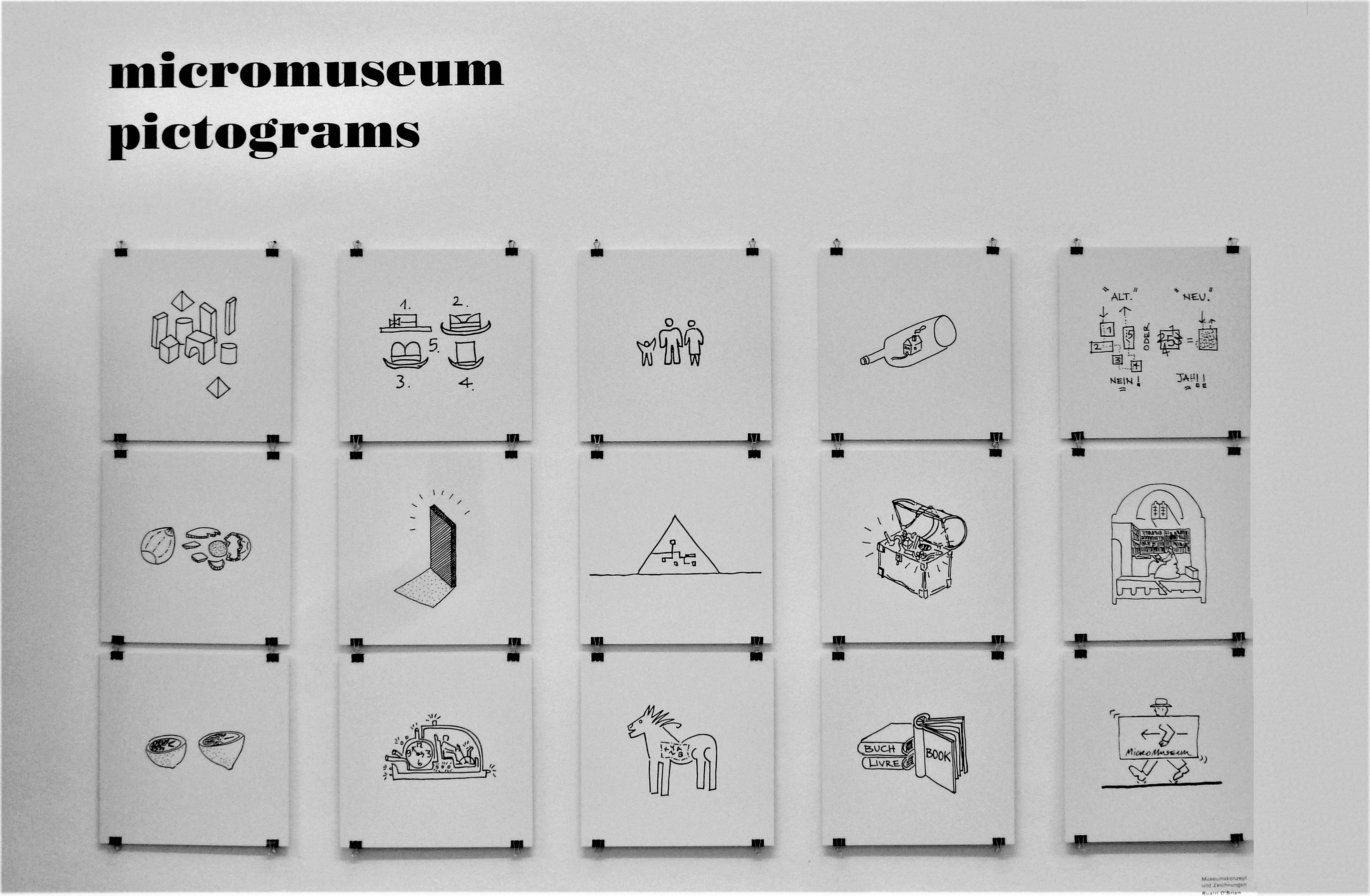
What tasks, goals potential for renewal do museums have as institutions in the light of all the radical changes in the 21st century? How can they remain sustainable in spite of globalisation and with ever-scarcer resources, a growing search for personal and cultural identity, changing demands in extracurricular education, and new findings in perceptual psychology?
These are the questions Ruairí O’Brien, founder of the Erich Kästner Museum, asked himself, which led to his development of unique, new type of museum. The mobile interactive micromuseum® is simultaneously architecture, art, furniture and scientific apparatus.
The intelligent museum architecture that can grow organically succeeds in connecting apparent opposites like fast/slow, virtuality/reality, perfection/imperfection, content overkill/resource-minimising technology, tradition/innovation, cultural heritage/event society and globality/locality, to name just a few.
Thanks to the microarchitectural, resource-saving implementation, it not only preserves the authentic structure of the villa but also plays a key role in urban regeneration of a central area of Dresden’s Neustadt district, opening it up to the public. This organic approach to monument preservation meets the need to preserve the past and update it for the present and future, by revealing the old identity (the building structure) and assimilating it with the new (its new content and function). The museum is integrated as an innovative house within a house in the listed Villa Augustin and also in the virtual ‘global house’ of the internet.
All visitors are invited to explore the life-size museum block and look ‘behind it’ at their own pace and according to their own interests, and to pay closer attention to particular objects. Each and every one of these blocks is an autonomous object that combines to make a whole with the other elements (13+1=15).
The efficient total artwork features a modular design, and was built and populated in several stages – based on the availability of financial resources and contents. It is a growing, regenerating museum, which adapts to its visitors needs and wants.
Thoughts of the architect
The mobile, interactive micromuseum® is a new model for future museums dedicated to prominent individuals who have not left their estate to the museum. This project unites literature, architecture, art, communication and technology, combining tactile contents and the latest media.
The custom-made micromuseum® is a ‘walk-in treasure chest’ and was initially developed for a 15 m² room in Dresden-Neustadt, Kästner’s hometown from 1899 to 1917. With ‘less is more’ as the guiding architectural vision, the design fits several real spaces into one room to save resources. By using the internet as a virtual space, the museum can maximise its public impact while also reducing the global carbon footprint by reducing the time and energy expended for travel. Whereas conventional museums generally impose the role of mere spectators on visitors, the interactive micromuseum® takes its visitors on an exciting adventure of their own.
On entering the museum at Antonstraße 1, visitors find themselves facing an elegant object that is 2 metres tall, 3 metres long and 1.2 metres wide. This object is the museum itself, a piece of art that visitors must examine and explore to gain access to its contents. The visitor gradually notices that the solid cuboid can be opened like a fruit. A dozen individual elements roll away from the central core like building blocks on wheels. Inside, the elements reveal well-stocked bookshelves, drawers and display cases for photographs and personal items. The core, a multimedia time machine, is permanently installed in the centre of the room.
The combination of the physically slow opening procedure and high-speed multimedia access enables visitors to experience conscious contrasts of time and speed. Each visitor creates their own, completely new choreography as they explore and investigate the architectural elements and their contents. Besides books and other original exhibits, Kästner fans will find audio and video material and a workstation equipped with the latest computer technology, giving them access to the latest research findings and information on Erich Kästner.
Items from Kästner´s estate – most of which were never put up for sale – can be viewed on the computer screen. Present and future Kästner fans of all ages can explore the real as well as the virtual world for Kästner news.